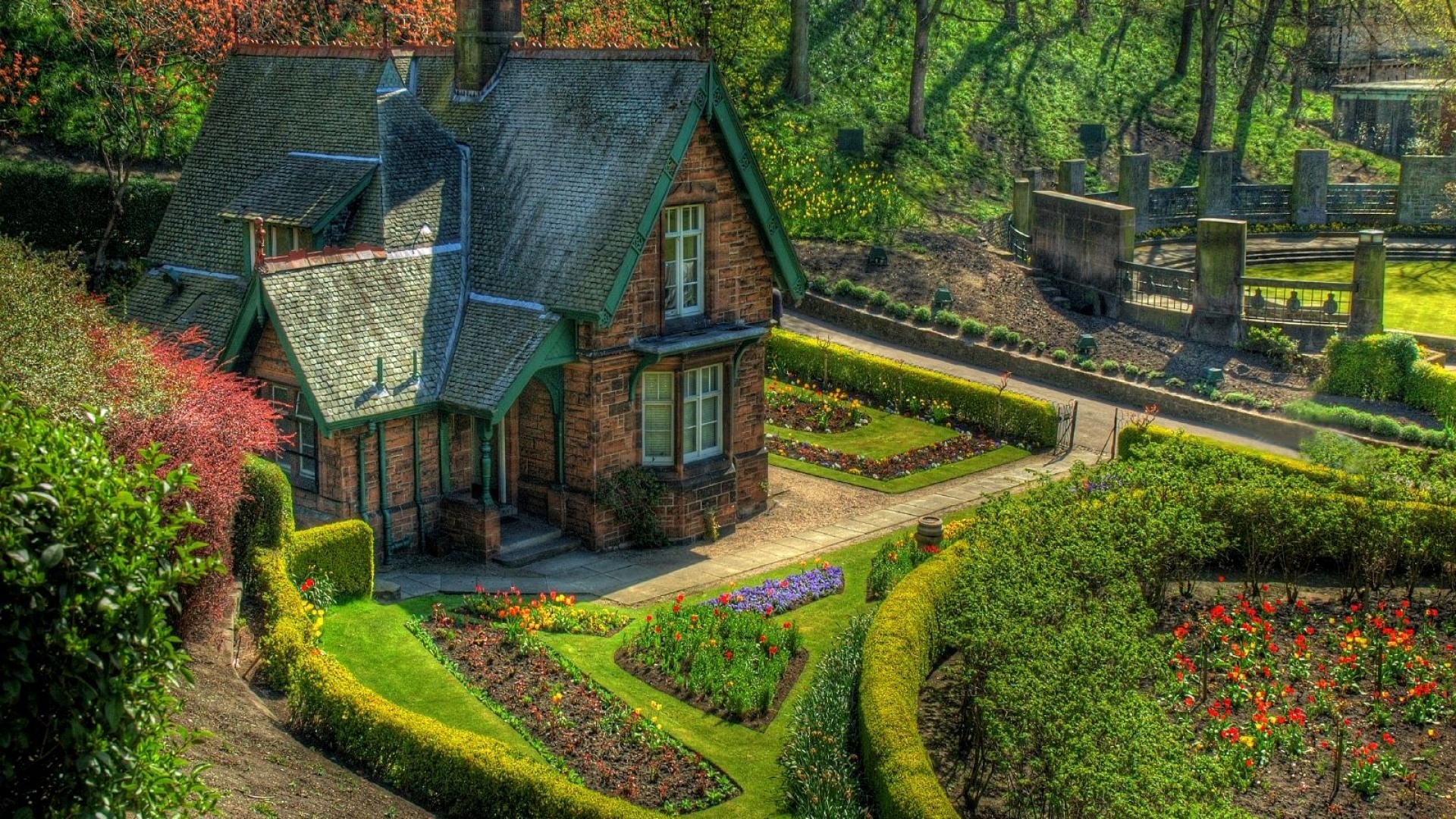What are your personal thoughts on organic gardening? Do you view everything you can on the subject, and try to improve upon your own garden? There are numerous resources available such as magazines, videos, books, shows, etc. So where do you begin with your own techniques? Try going through these tips to find your starting point.
To keep dirt from getting under your fingernails while gardening, reach for a bar of soap beforehand! As much as we all love gardening, none of us really enjoy all that soil that gets stuck under our nails that can be so challenging to remove. Simply claw a bar of soap before you begin working in your garden and when finished, run your hands under water and as the soap washes away, so does the dirt!
Grow from seeds. In garden centers, it is usually much cheaper to purchase a packet of seeds than to buy the equivalent number of grown plants. Remember, if you sow some seeds before the summer, you can get a garden full of bright, colorful flowers for a very cheap price.
Use your leftover pasta water in your garden! Plants are big starch fans and thrive with water that contains higher levels of starch, like the water left over after you boil pasta or potatoes. Make sure, though, that you let the water sit until it reaches room temperature prior to watering your plants with it!
To avoid injuring yourself while gardening, be sure to do some warm-up stretches before starting your project. Most people may not think of gardening as exercise, but injuries like pulled muscles frequently occur in the garden. You should also be sure to move around and not stay in one position for a long period of time.
Plan your garden for best results. Before you put one spade into the dirt, you need to decide what you will plant, and where. You want to plot your garden’s size, and then decide what plants use according to their individual needs. Consider lighting, drainage, and spacing for each plant.
Make a point to get rid of slugs as soon as you see them. Slugs will continue eating your plants until your garden is just a shell of its former self. There are a variety of chemical and organic methods that you can try; find something that works for you and protect your plants!
To have the best flower garden pick plants that bloom at different times of the growing season. It is possible to find varieties of plants and flowers that bloom from January until November depending on where you live. By planting plants that peak at different times of the year you can ensure that there is always color and life in your yard.
Now that you have an idea on where to start crafting your own organic gardening techniques are you ready to start experimenting? Are you ready to apply what you read to your garden? Can you help your garden grow properly? If you can, then have fun! If not, make sure to review the tips again.…

